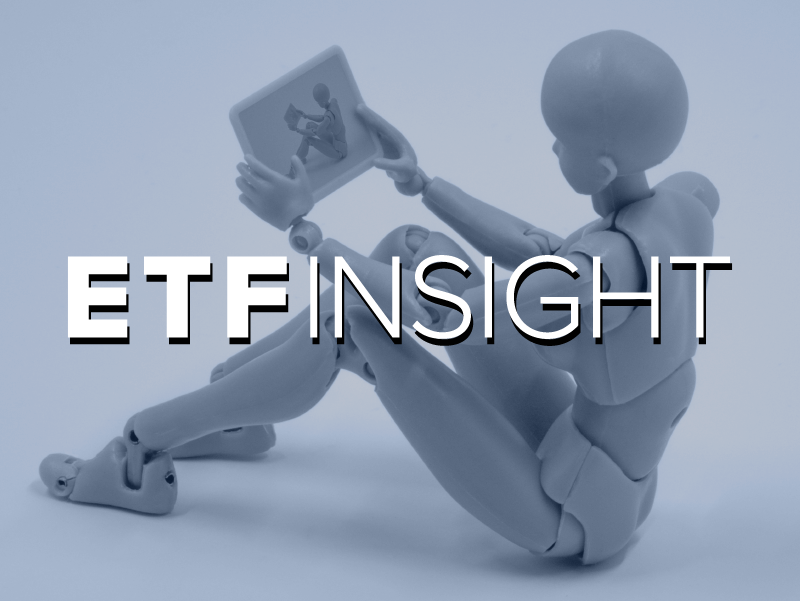The wealth management industry exists to serve rich people. Wealth managers – like financial advisors – manage wealth (it’s in the name).
Their clients have money – the more the better – while also having little free time, meaning they benefit from outsourcing the management of their estates.
David Warner, the Australian cricketer, comes close to the ideal. Warner earns $3 million-plus a year, meaning he’s got a fat stash of cash. While a back-breaking schedule and a young family mean he lacks the time to manage his money. (His advisor, Sydney-based Bell Partners, helped build his $20 million property empire.)
But most people aren’t David Warner: they aren’t rich enough for wealth managers. (Especially in a post-commission era). Yet many of them want financial advice all the same. It was into this gap – the mass affluent – that robo-advisors were meant to step.
Enter robo-advice, wealth management for the mass affluent
In the beginning, the robo-advice proposition was simple: hoover up clients too poor for traditional advisors. Do so while keeping the same asset-based fee model. But replace the flesh and blood advisors (and their paraplanner and client service officer underlings) with computers, online questionnaires and ETFs.
With technology doing the heavy lifting, robo-advisors could tap the mass affluent market for investment services, just like Amadeo Giannini did with banking.
The business model seemed completely plausible. The mass affluent – those with savings between $50,000 – $1,000,000 – provide retail banks with 60% of their profits. Why not send some of that business asset managers’ way?
Making things better, every Sydney financial planner with 2+ experience earns over $100,000, recruitment firm Robert Walters’ data suggests. Imagine how much money could be saved if those salaries were trimmed.
Seeing the potential, investors piled in and robo-advice startups had their mouths stuffed with venture capital in 2008-2013.
Customer acquisition costs: robo hits a snag
Years came and went, and results dripped in. They mostly found the same thing: assets entrusted to robo-advisors were growing piecemeal, but they weren’t growing fast enough to cover customer acquisition costs.
A study by Boring Money in the UK found it cost £500 for a robo-advisor to acquire a customer, suggesting “that revenues might never cover the costs of acquisition.” While a study from the Clayton Institute, a think tank, claimed that given the scale required, incumbent asset managers were better placed to run robo-advisors.
Advisors themselves took note. Seeing that robo-advisors were down, financial advice trade publications thought now was a good time to kick them.
“Philip K. Dick’s Do Androids Dream of Electric Sheep? was famously the inspiration for the Blade Runner films. If he was writing today, however, might Dick instead be wondering if robo-advisors dream of ever turning a profit?” Wrote one trade publication.
“Wealth giants attempting to replace people with machines should do their research first. People don’t want financial advice from a robot,” wrote another.
ETF providers enter the market
Robo-advisors also began to feel heat from a more concerning corner: ETF providers and broker-dealers. Broker dealers – like Charles Schwab and Interactive Brokers – found integrating robo advisors onto their platforms quite easy. While ETF providers – like Vanguard and BlackRock – began offering multi-asset ETFs, available to both advisors and self-directed investors.
When these players entered, they gathered assets far faster than robo-advice startups, causing many to doubt.
“We’ve seen a number of robo-advice startups in Australia, the US and UK…that have really gone B2C, offering funds management capability on a self-serve basis using ETFs to bring the product cost down,” said Mark Fordree, boss of Ignition Advice, a Sydney based robo-advisor.
“Although a number of these companies have been somewhat successful, they’re all blown away by Schwab and Vanguard monetising their existing customer base.
“The biggest challenges are customer acquisition strategy and getting their data.
"Schwab and Vanguard have demonstrated that if you bring a self-serve or hybrid robo-solution to customers where you already know something about them, it’s a much more successful conversion model.
"Schwab and Vanguard have wiped the floor with Wealthfront and Betterment in terms of AUM in a very short space of time."
New model: work together?
The stalled robo revolution forced a rethink and raised two questions. One, are rich clients crucial to running a successful advice business? Two, should robo-advisors see traditional wealth managers as potential clients rather than enemies?
Thinking the answer to both questions was “yes”, robo-advisors adjusted their sails.
“It’s not an us and them fight any more, as it may have been a couple of years ago,” said Harry Chemay, boss of Melbourne-based robo-advisor Clover.
“Because of the ever-greater cost of compliance, advisors have to find clients with more than $1 million in investable assets. If you look at The Australian’s list of top 50 financial advisors, virtually all of them have a minimum ticket size of $1 million.
“Robo-advisors like us are dealing with sub-scale clients who may have never used a financial product other than a savings account. We are, in a sense, nurturing the future clients of financial advisors… we’re increasingly looking to work together.”
Fordree agrees, and notes that Ignition pivoted away from B2C robo-advice some years back. By moving away from model ETF portfolios and going B2B, Ignition became one of the world’s first robo-advisors to become cash flow neutral.
“Instead of only 10 or 15% of the market getting advice it should be 50%. For robo-advisors…there’s still everything to play for.”
ETF Insight is a new series brought to you by ETF Stream. Each week, we shine a light on the key issues from across the European ETF industry, analysing and interpreting the latest trends in the space. For last week’s insight, click here.


